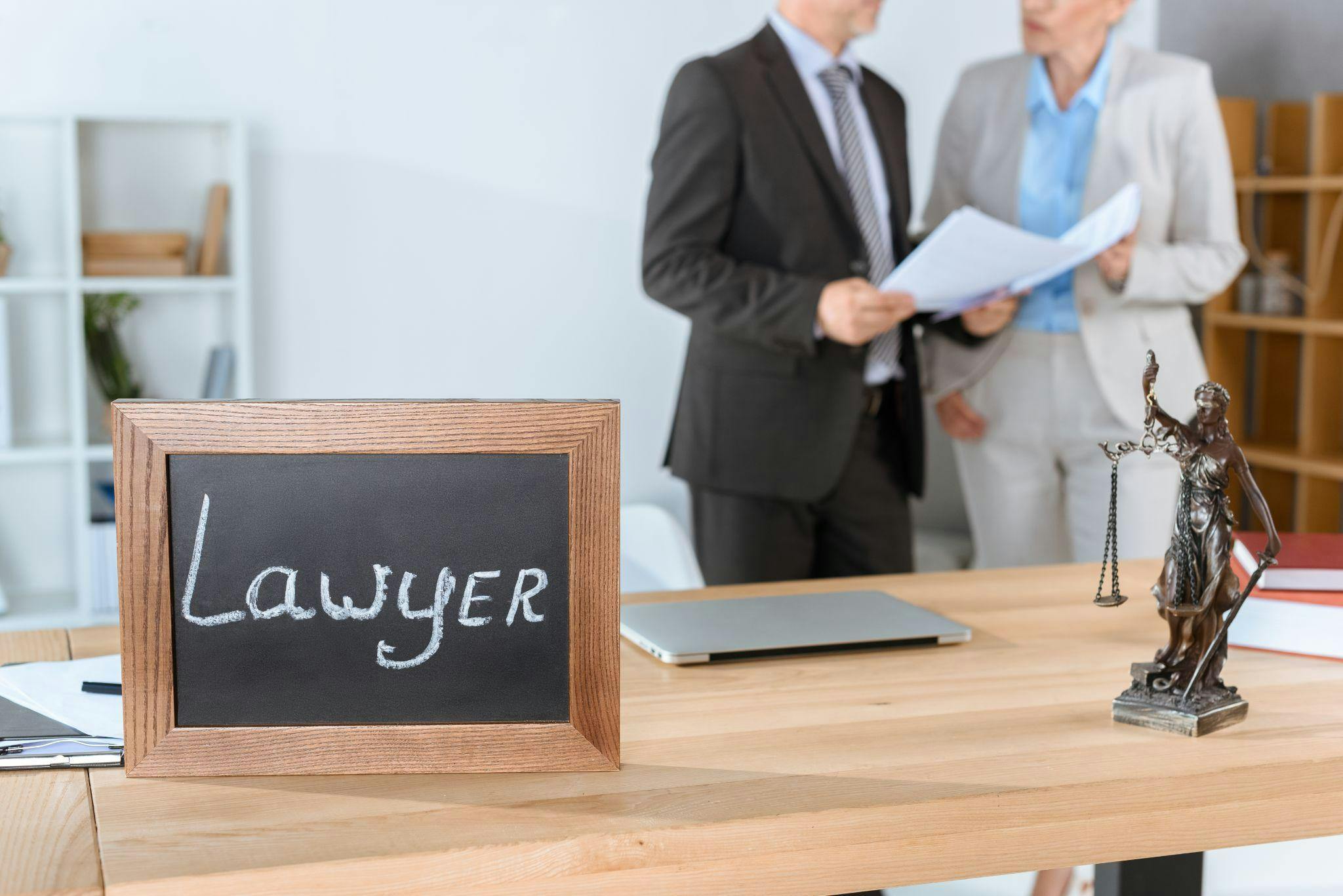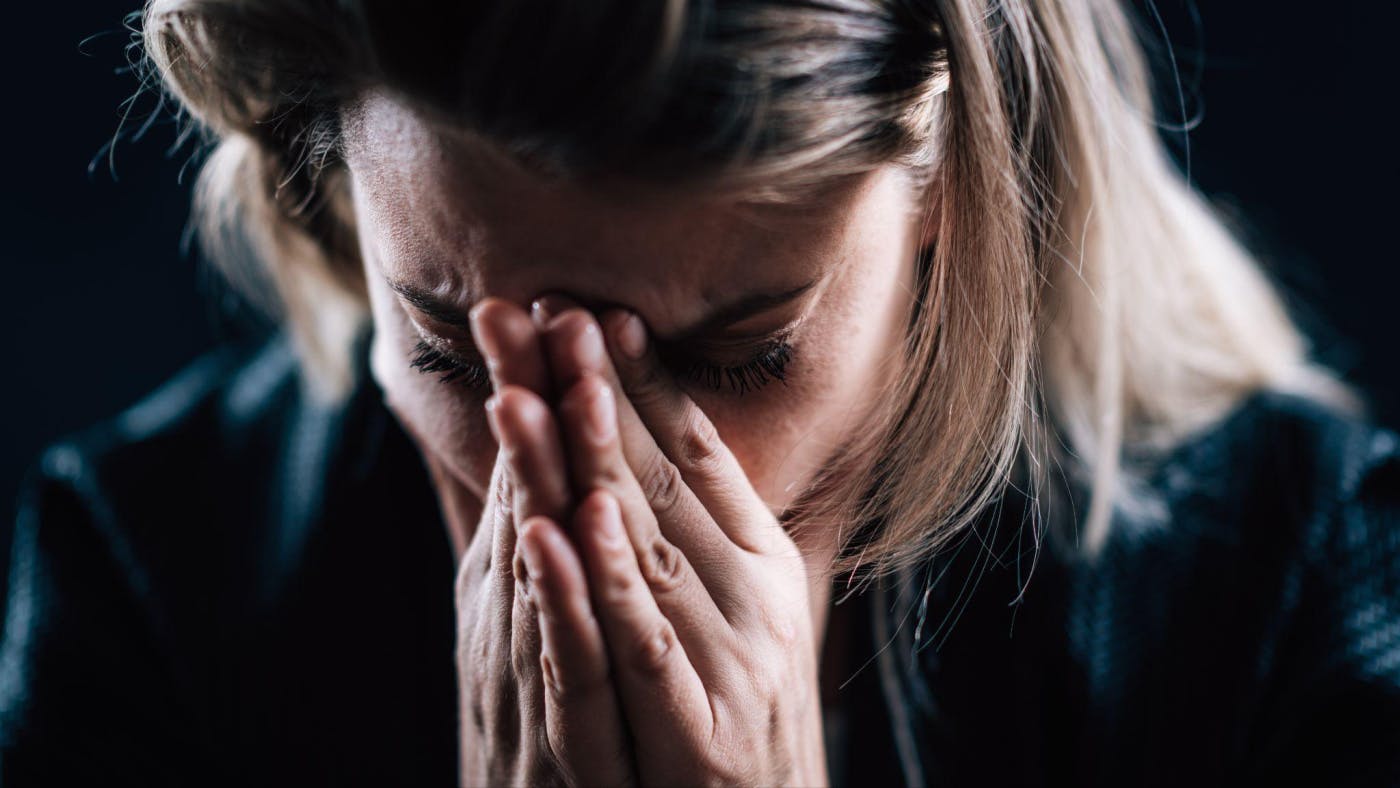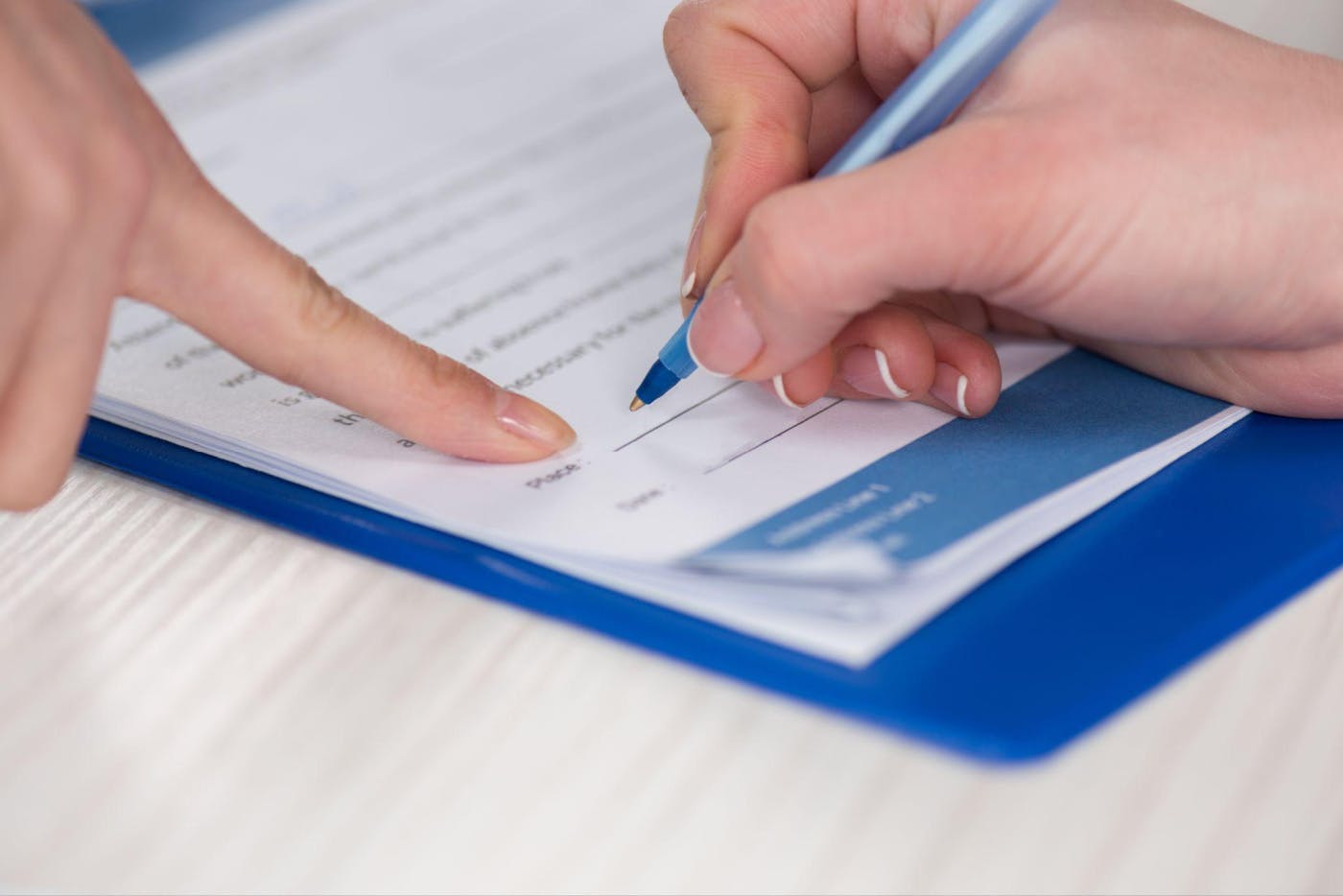Your Rights After an Assault in Minnesota
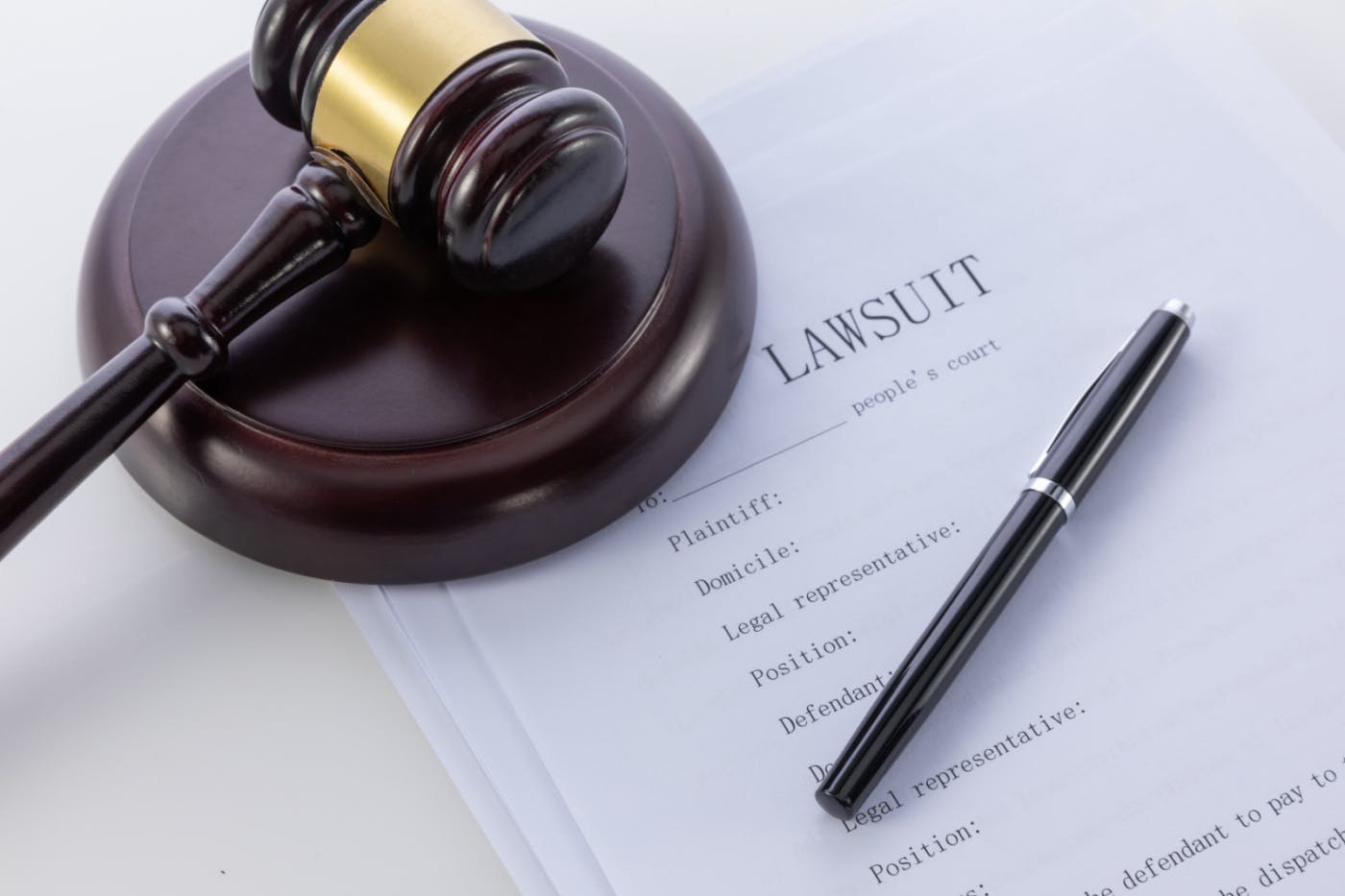
If you are injured in an assault, you can file a personal injury lawsuit against your attacker. Taking legal action will help you get fair compensation to cover your losses.
Here’s what you need to know.
Key Takeaways
- After an assault, you can file a civil lawsuit against your assailant.
- Taking legal action may result in compensation for various damages, including medical expenses, lost wages, and pain and suffering.
- Regardless of whether your assailant is charged or convicted of a crime, you can still pursue fair compensation in a civil court.
What Counts as Assault in Minnesota?
First things first: What counts as assault in Minnesota? According to state law, assault includes both physical attacks and threats that make someone fear imminent harm. There are several types of assault in Minnesota, each sorted into degrees:
- First-degree assault is the most severe form of assault, involving great bodily harm to the victim. Great bodily harm refers to injuries that create a substantial risk of death, cause permanent disfigurement, or result in the loss or impairment of any bodily function.
- Second-degree assault means a dangerous weapon was used during the assault. If the assault causes substantial bodily harm, the penalties increase.
- Third-degree assault applies when the assault results in substantial bodily harm or if the victim is under the age of four.
- Fourth-degree assault covers assaults on certain protected classes, such as law enforcement officers, firefighters, emergency medical personnel, and others performing their official duties. It can also include hate crimes.
- Fifth-degree assault is the least severe form of assault, often involving attempts to inflict harm or cause fear of harm without actual physical contact.
Rights of Assault Victims in Minnesota
Assault is a crime, and your assailant may be arrested and charged. However, in Minnesota, assault is also a civil tort. This legal term means that even if your assailant is charged with a crime, you can also file a personal injury lawsuit against them to demand fair compensation.
Minnesota grants you other rights as well, including the following.
Right to Protection
Victims of assault can seek protection through various legal means. For example, Minnesota law allows victims to file for restraining orders to prevent further contact and harassment from the assailant. In criminal cases, judges can issue no-contact orders as a condition of the assailant’s bail or probation, prohibiting them from contacting the victim.
Right to Privacy
Minnesota laws ensure that a victim’s identity and personal details are kept confidential during the legal process. This includes keeping addresses, phone numbers, and other identifying information confidential from public records.
Right to Legal Representation
Having legal representation is vital for navigating Minnesota’s complex legal system. Fortunately, assault victims always have the right to hire an attorney to represent them. Legal representation ensures that victims are fully informed of their rights, understand the legal process, and have an advocate fighting for their interests.
Compensation After an Assault

When filing a personal injury lawsuit against your assailant, you can request compensation for various damages, including:
- Special (economic) damages: Medical expenses, lost income, and the cost of repairing or replacing damaged property.
- General (non-economic) damages: Pain and suffering for mental anguish and loss of enjoyment of life.
- Punitive damages: Awarded to punish the defendant for bad behavior. Assault is a common justification for punitive damages.
PRO TIP: In addition to a lawsuit, check if your health insurance policy covers costs associated with the assault, such as medical bills and therapy. Some homeowners' or renters' insurance policies provide coverage for injuries from an assault as well.
Filing a Lawsuit for Assault: A Step-by-Step Guide
If you have been a victim of assault in Minnesota, here are the next steps to take.
1. Talk to a Lawyer
Find a lawyer with a proven track record in personal injury cases, especially those involving assault. Ensure they are well-versed in Minnesota law and can effectively advocate on your behalf.
PRO TIP: Most law firms offer a free consultation, allowing you to explain your case to an attorney and determine whether they’re a good fit.
2. Decide If You Have Grounds for a Lawsuit
Your lawyer will evaluate the details of your case, including medical records, police reports, and any other relevant evidence. This review helps determine whether you have grounds for a claim.
3. File a Lawsuit
Once you decide to pursue a claim, your lawyer will draft a formal complaint outlining the details of the assault, the injuries sustained, and the damages you seek. Filing this complaint with the court will initiate your lawsuit.
4. Notify the Assailant
The defendant (the person you are suing) must be formally notified of the lawsuit. This process is known as serving the complaint and summons. It informs the defendant of the legal action and requires their response. (Your attorney will handle this step!)
5. Discovery Phase
Both parties will engage in discovery, a process where they exchange information and evidence related to the case. This phase can include depositions and requests for documents.
6. Settlement Negotiations
Almost all personal injury cases are settled out of court. Your lawyer will negotiate with the defendant's legal team to reach a fair settlement. This process can involve several rounds of offers and counteroffers.
7. Trial (If Applicable)
If a settlement cannot be reached, the case will go to trial. Your lawyer will gather evidence, interview witnesses, and build a strong case on your behalf.
Both sides will present their evidence and arguments to a judge or jury during the trial. Witnesses may be called to testify, and both sides will have the opportunity for cross-examination. After hearing both sides, the judge or jury will render a verdict. The court will determine the amount of damages you are awarded.
Minnesota Dashcam Laws
When using a dashcam in Minnesota, it’s important to be aware of specific legal requirements and privacy considerations to ensure compliance with state laws.
1. Mounting Restrictions
In Minnesota, dashcams must be mounted directly behind, slightly above, or slightly below the rearview mirror. Mounting them on the dashboard or any other location that obstructs the driver’s view is prohibited. This ensures that the dashcam does not impede the driver’s clear view of the road.
2. One-Party Recording Consent
Minnesota follows a one-party consent rule for audio recordings. This means that as the driver and owner of the vehicle, you can legally record audio within your car without needing to inform passengers or obtain their consent.
However, when on private property (such as parking lots or private driveways) it is advisable to turn off your dashcam. That way, you can avoid recording individuals in situations where they have a reasonable expectation of privacy. Recording without consent in such situations could lead to privacy violations.
3. Handling and Sharing Footage
Dashcam footage should be treated as sensitive data. Ensure that it is securely stored and protected against unauthorized access. Use encrypted storage solutions and set strong passwords to safeguard the footage.
Avoid publicly sharing footage that could identify individuals without their consent, as this could lead to legal issues. Use the footage for its intended purposes: documenting accidents or interactions with law enforcement.
4. Commercial Use of Dashcams
Employers must inform their employees if dashcams are installed in commercial vehicles, such as:
- Taxis
- Delivery trucks
- Company cars
This ensures transparency and helps maintain trust between employers and employees.
Minnesota Assault Compensation FAQs
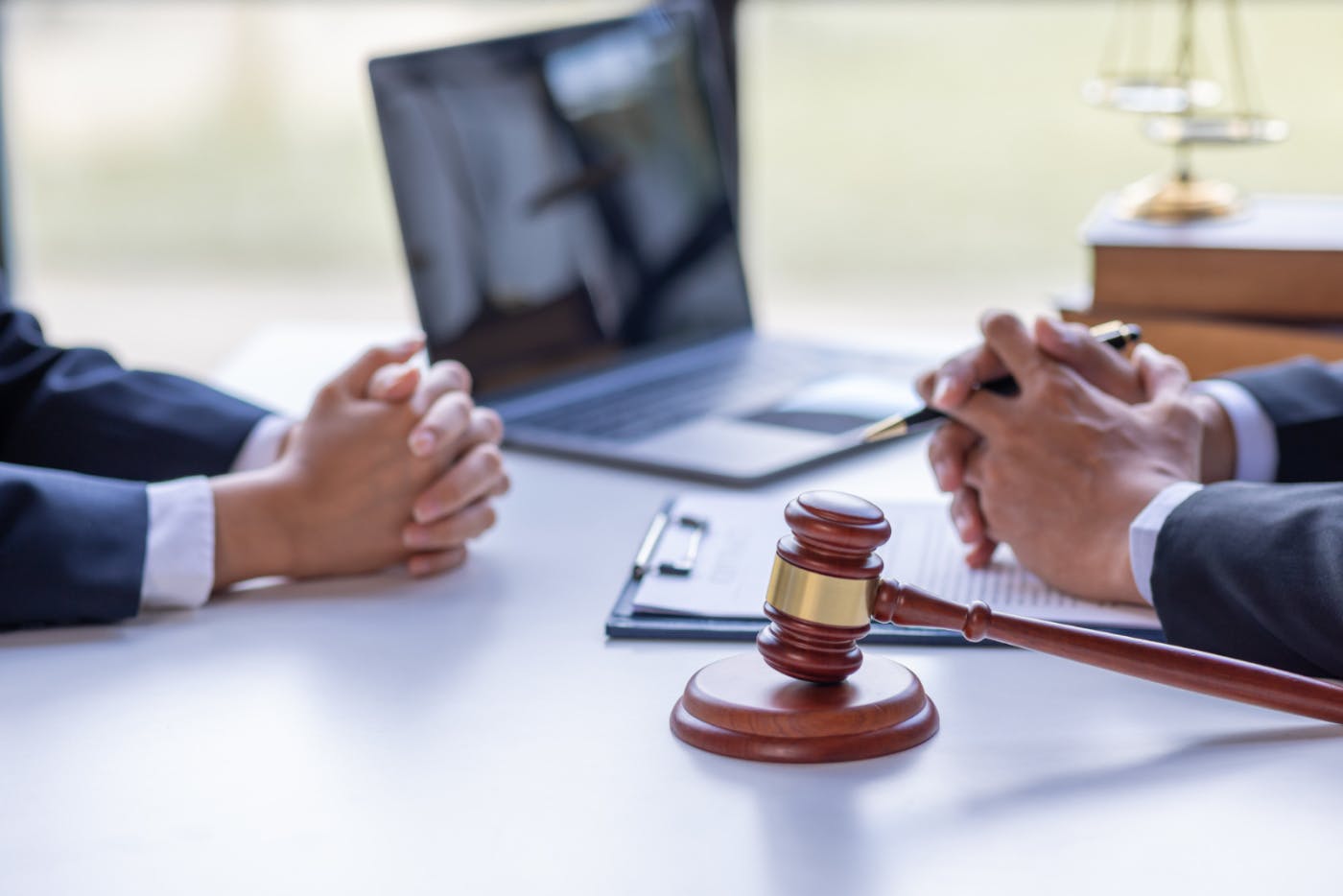
What is the statute of limitations for filing an assault lawsuit in Minnesota?
In Minnesota, the statute of limitations for filing a lawsuit for intentional misconduct (including assault) is generally two years from the date of the incident. You may lose the right to receive compensation if you miss this deadline.
However, there are always exceptions. Don’t give up until you’ve spoken to an attorney!
Can I file a lawsuit if the assailant is not criminally charged or convicted?
Yes, you can file a civil lawsuit for damages even if the assailant is not criminally charged or convicted. Civil cases have a lower burden of proof than criminal cases, which means you may still be able to obtain compensation.
What if I know the assailant?
You can still file a lawsuit if you know the assailant. Assault cases often involve individuals who know each other. Your relationship with the assailant does not affect your right to seek compensation.
How long does the lawsuit process take?
The timeline of a lawsuit can vary widely depending on the complexity of the case, the willingness of the parties to settle, and the court's schedule. Some cases may be resolved in a few months, while others can take several years.
What kind of evidence do I need to prove my case?
Important evidence in an assault case can include:
- Medical records
- Police reports
- Witness testimony
- Photographs of injuries
- Video footage of the assault
- Documentation of threats made by the assailant
Your attorney will help gather and present this evidence effectively. They may use a legal investigator to help with this.
PRO TIP: Write down everything you remember as soon as possible after the incident. Include details such as the date, time, location, what happened, and any witnesses. This documentation can be vital for both your civil and criminal cases.
Can I get compensation for emotional distress after an assault?
Yes, you can seek compensation for emotional distress as part of your damages. Emotional distress is considered a form of pain and suffering, and it can be a significant part of your claim, especially if the assault has had a lasting impact on your mental health.
What should I do immediately after an assault?
Make sure you’re safe, seek medical attention, and report the assault to the authorities. Seeing a doctor will help protect you and provide crucial evidence for both criminal and civil cases.
Do I need a lawyer to file a lawsuit?
While it is possible to file a lawsuit without a lawyer, having an experienced personal injury attorney can significantly increase your chances of success. An attorney can help you navigate Minnesota law and advocate on your behalf.
Can I receive financial assistance while my case is pending?
Minnesota's Crime Victim Reimbursement Program can provide financial assistance for expenses related to the assault, such as medical bills, counseling costs, and lost wages, even while your case is pending.
What if the assault happened at my workplace?
If the assault occurred at your workplace, you might have additional legal options, such as filing a workers' compensation claim or a lawsuit against your employer if they failed to provide a safe working environment. Consult with an attorney to explore all available legal avenues.
Get Help from the SiebenCarey Team!
If you’ve been injured through someone’s negligence or misconduct, you have a right to seek fair compensation. Having award-winning attorneys, experienced paralegals, and on-staff investigators in your corner can make all the difference.
The SiebenCarey team has spent 70 years helping people like you get the financial support they need after an injury. When you work with us, you’ll get the full benefit of:
- Decades of experience
- A proven record of successful verdicts and settlements
- Extensive legal resources
- An entire team of lawyers, paralegals, and professional investigators
- The “Know Your Rights” guarantee of genuine care and clear communication for ALL of our clients
How can we help you? Just let us know, and we’ll be happy to assist you in any way we can!
Let’s talk.



